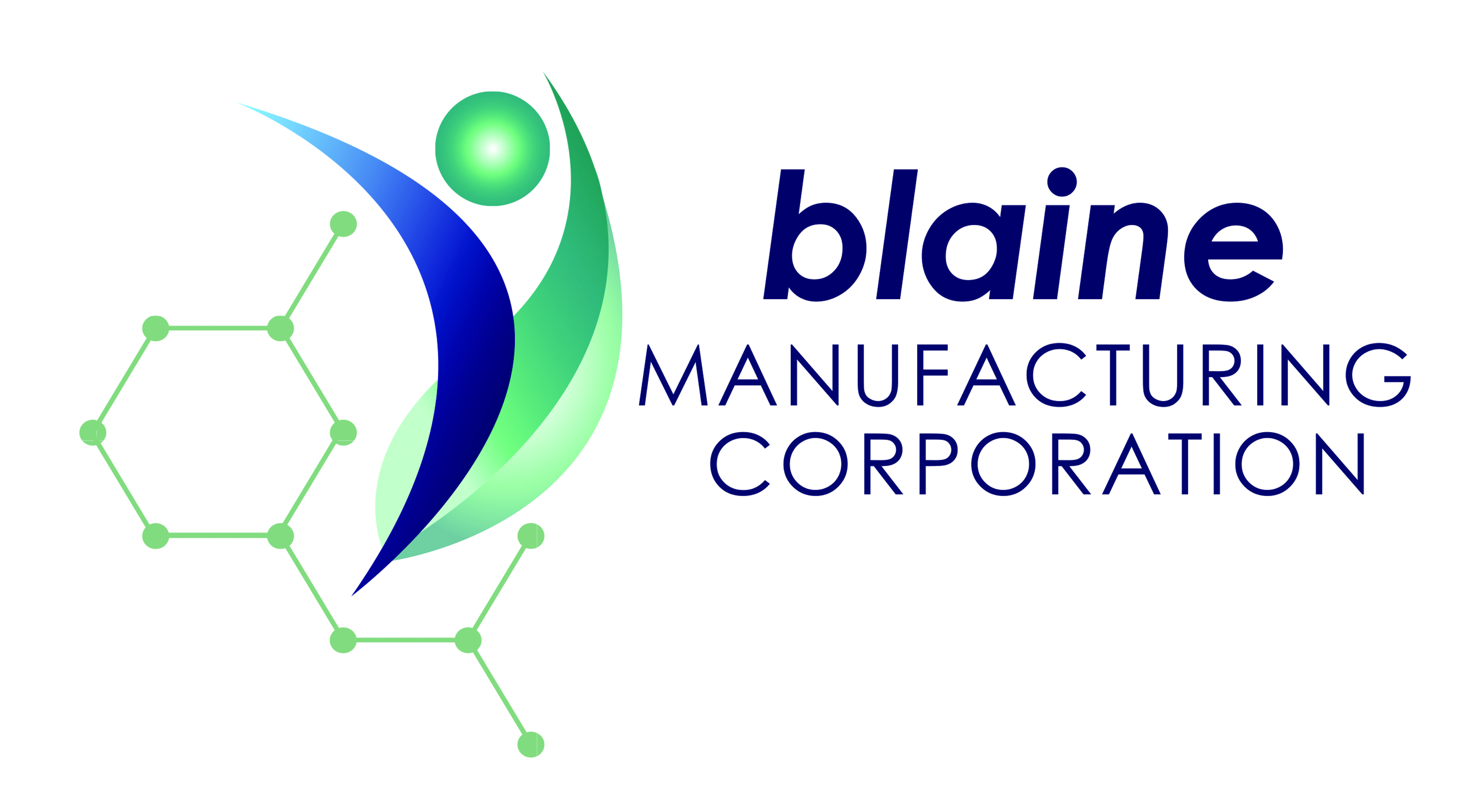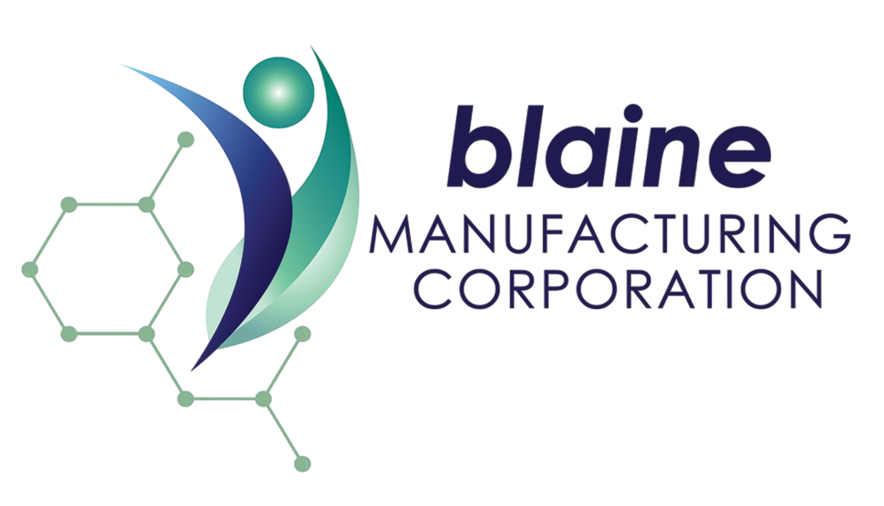2025 Food & Beverage Trends in the Philippines
As we look ahead, the food and beverage landscape in the Philippines is evolving in exciting and sometimes paradoxical ways. Here’s what’s shaping consumer choices and industry innovation this year:
1. Rule Rebellion: Breaking Food Norms
Filipino consumers are increasingly seeking out unconventional and authentic food experiences. Brands have an opportunity to help consumers express individuality through unique flavors, textures, and collaborations—think products that break the rules of how food “should” be made. The drive for novelty remains strong, even as budgets tighten, with 54% of Filipinos looking for new foods or flavors to try all or most of the time. Expect more cross-industry collaborations and playful, boundary-pushing launches in the year ahead.
2. Fundamentally Nutritious: Simple, Honest Nutrition
With rising awareness of ultra-processed foods (UPF) and the impact of weight-loss drugs, Filipinos are gravitating toward straightforward nutritional claims. There’s growing demand for products that meet daily essential nutrient needs, rather than those with added functional ingredients. Brands can win trust by emphasizing basic nutrition—think high-protein, vitamin-rich, and portion-controlled options.
3. Chain Reaction: Local Sourcing and Supply Chain Innovation
Global supply chain disruptions have made local sourcing more important than ever. Filipino brands and policymakers are prioritizing local ingredients, which often offer higher nutritional value and reduce reliance on imports. This trend is also driving innovation in alternative ingredients—like banana-based ketchup, which substitutes tomatoes that are hard to grow locally. Consumers are encouraged to embrace new origins and flavors as part of a resilient food system.
4. Hybrid Harvests: Tradition Meets Technology
While technology is key to the future of food production, Filipino consumers remain cautious. Only 16% are open to trying lab-grown meat, and 20% are interested in genetically modified foods. However, there is more openness to innovations like indoor farming (33% interest). Brands must educate and demonstrate the benefits of tech-driven agriculture for consumers, farmers, and the environment
5. Eating, Optimized: Convenience and Tech-Driven Solutions
Time-saving remains a top priority: 49% of Filipinos choose quick-to-prepare foods, and 36% eat on-the-go. High-tech tools such as AI and AR are helping consumers streamline meal planning and cooking, making it easier to balance convenience with creativity.
Filipino consumers are navigating a landscape of new choices, balancing tradition with innovation, and seeking both comfort and excitement in their food and drink. Brands that deliver on taste, value, and trust—while boldly experimenting—will thrive in 2025.

